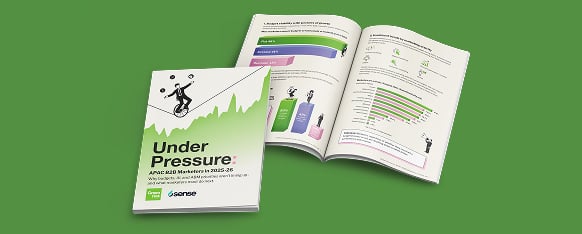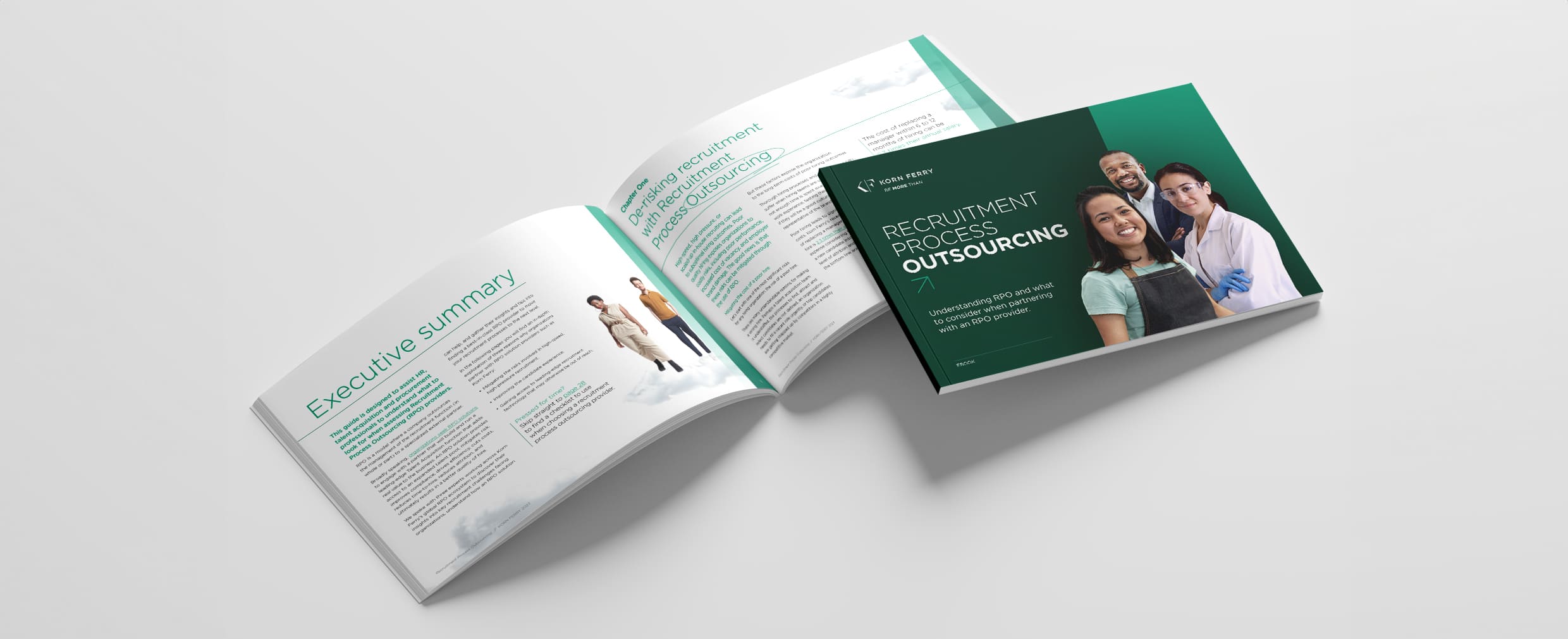SEM is a survival tactic for many B2B brands. Make sure you get it right with these tips.
Many of our clients include paid advertising as part of their integrated campaigns and ‘always on’ brand awareness marketing activities. For some, their market is crowded with competitors and their product or service is commoditised, so SEM is a survival tactic.
If you’re not sure how to get started and what to expect, these seven insights should give you a clearer picture of how to approach this tactic and avoid some common mistakes.
SEM can be a survival tactic - but make sure you do your research.CLICK TO TWEET
1. Nail your objectives
First, be clear on what you want, need and expect. Ads can be used for brand awareness and lead generation, but think about how much you are prepared to pay for a lead. What will be considered a lead? And do you have a clear definition of what successful awareness looks like?
If you’ve developed an amazing new content piece, then use this channel to gain new contacts for your database to nurture ongoing.
2. Consider your time-frame
SEM (Google Ads and display network) is a mid- to longterm strategy. LinkedIn and Facebook are more targeted and you may see results in a shorter time. It takes time to optimise your ads for cost and placement, so don’t expect results instantly.
It usually requires at least 6–8 weeks to become established in the network; at this point, optimisation will be required to remove elements not performing (learn which elements to optimise).
SEM should be used in conjunction with other tactics, such as LinkedIn or Facebook paid advertising. You can use your same primary creative/keywords/landing page with just some slight resizing (see links below for sizing guides). Ensure you create UTM tags so you can determine the source of the traffic and leads. Here’s our handy UTM tag generator.
3. Quality delivers the numbers
Google Ads is primarily a numbers game – the more money you spend, the more impressions, the more clicks, the more conversions. Right?
In fact, ad quality is key to reducing costs and getting results. Don’t just turn up the volume; align messaging across all channels, optimise for search, and align with the problem statement you are addressing. Google rewards well-researched ads that deliver on what they promise, which includes sending people to relevant and high-quality landing pages and products.
4. Keywords aren’t black & white
Keywords are the building blocks of SEM, but they’re not as straightforward as they seem.
Don’t just buy up your shortlist, set and forget. Look at the detail. How much could you be paying? Some keywords are highly competitive and require more budget to appear on the front page. Sometimes it’s worth going after smaller trafficked keywords that may provide stronger converting customers, or perhaps targeting your competitors through keywords will allow you to show how you’re different to them. Do your research to make them pay.
5. Every ad is different
For search ads, you must know the word limits for each row. Again, relevance is critical, so line up your ad copy with your offer and landing page. Google AdWords Best Practices will help you structure the copy of your ad so it performs optimally.
For display ads, use a darker background, keywords that align with your key offer/landing page, a clear call-to-action, and understand the finer details such as the maximum speed of GIFs. Read the specs for Google, Facebook and LinkedIn.
6. Stick the landing
A great landing page is always a part of successful SEM: it’s about the follow-through.
Present a single proposition or offer, place a clear CTA close to the top of the page, ensure Google Analytics tracking is enabled for all CTAs and try a tool like Crazy Egg to track how visitors are scrolling through the page. Is your CTA in the right spot?
Related: The formula for a winning Call-To-Action
Make sure everything is in place before you set up the ad campaign, otherwise you’ll lose potential conversions. Remember that Quality Score is part of the equation that keeps costs down and impressions higher, so take the time to build the perfect landing page for your visitors.
A great landing page is always a part of successful SEM; it's about the follow-through.CLICK TO TWEET
7. SEO supports SEM
If you also optimise your content using SEO, you stand a good chance of good coverage (real estate) on the first page of Google search results.
Neither tactic is dependent on the other, but they work together in a positive way. If your organic search results are high and your ads are appearing on the first page, you’ll definitely get noticed.
Need help with your SEM campaign? Get in touch with us!

 Advertising
Advertising





